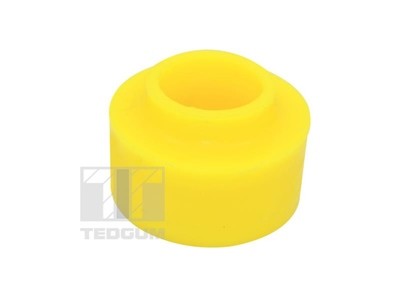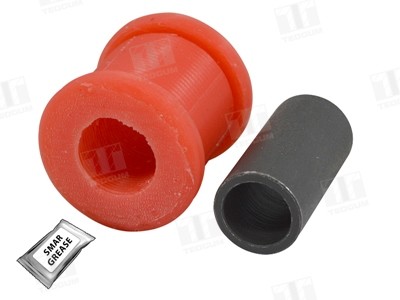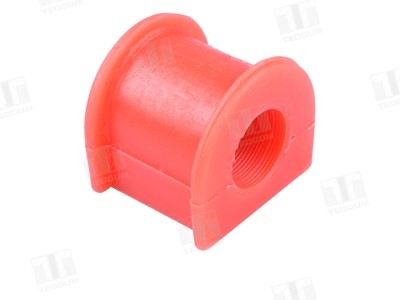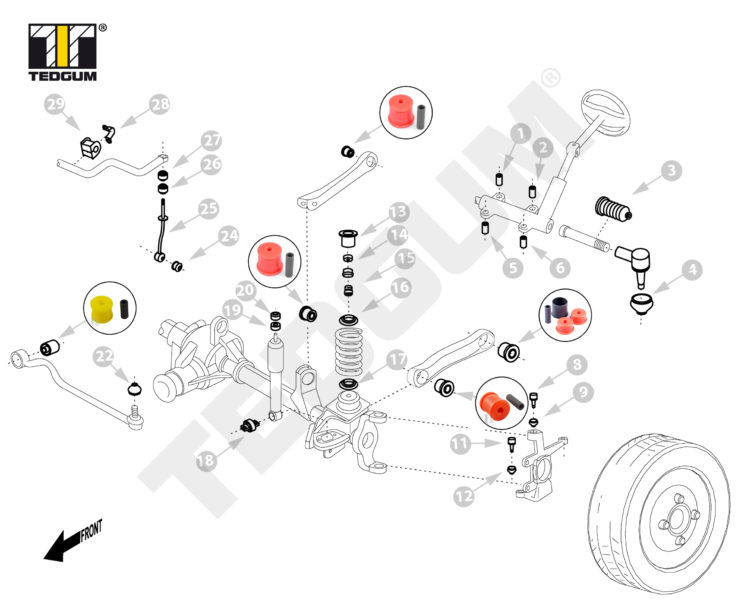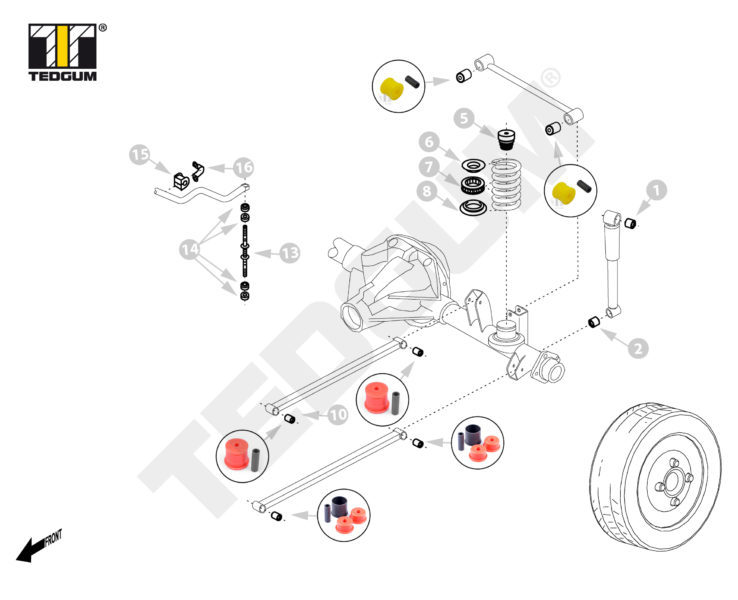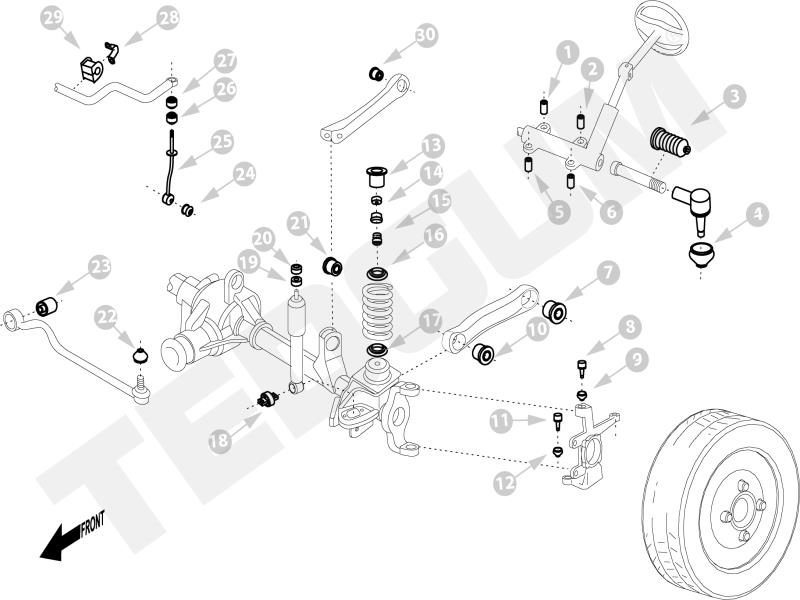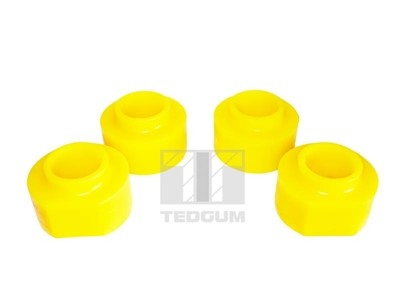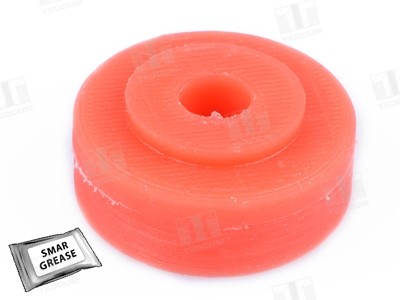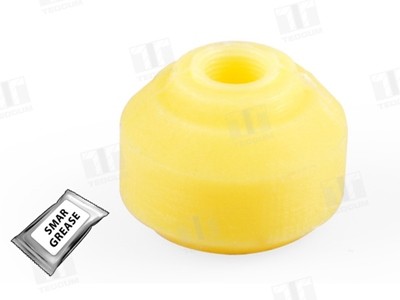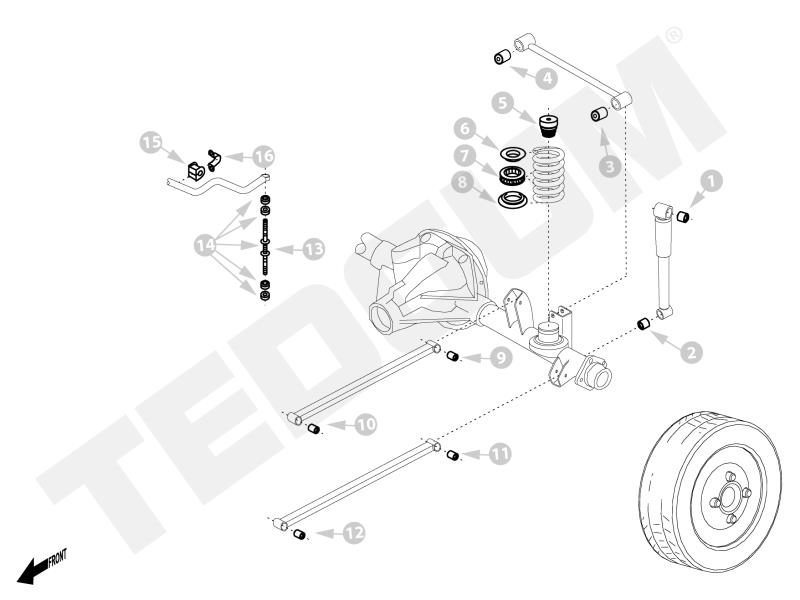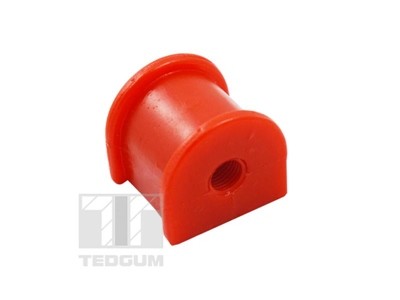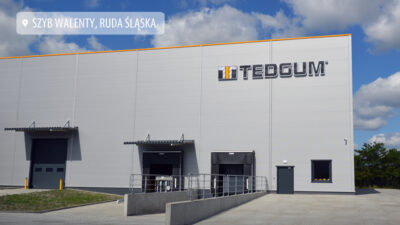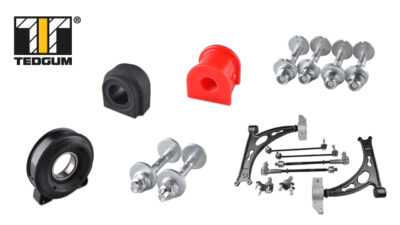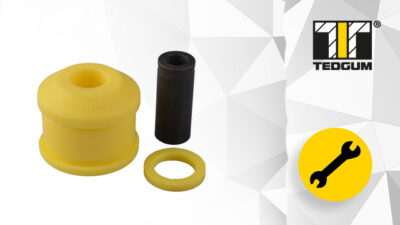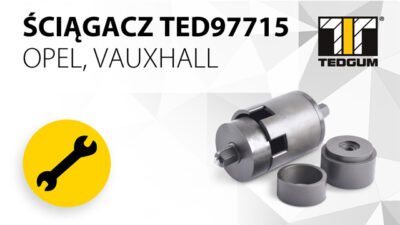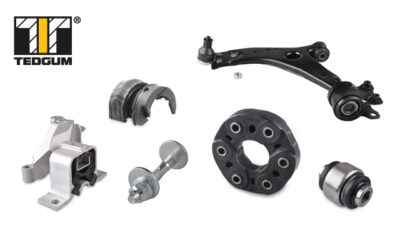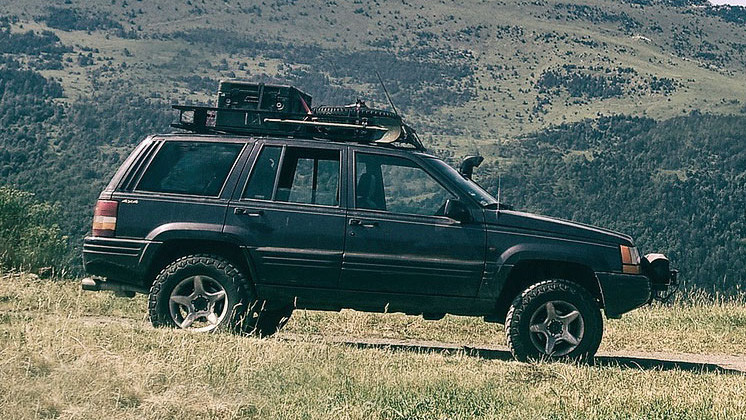
The first generation of the Jeep Grand Cheerokee was presented in 1992 in Detroit. After the market success of Cherokee XJ, it was decided to prepare a car that targeted a more affluent customer. Such a buyer expected more space and better equipment from an SUV. Yes, the car is an SUV. In addition, it does very well in the terrain. And like today, most of the new cars in this segment are based on a unibody construction.
In addition to the United States, Grand Cherokee was also produced in Europe at the Austrian Magna Steyr factory. The European version bore the model designation “ZG” and the American version – the “ZJ”. In addition to the obvious differences in lighting and in the dashboard units, ZG had an additional transmission oil cooler and power steering in the Heavy Duty specification. It’s power was inversely proportional to the speed of the vehicle – the faster we drove, the weaker it was. Also, the European version had a more rigid suspension tuning compared to its American counterpart and was the only one offered with a diesel engine.
What’s under the bonnet?
The first generation Grand Cherokee is a fairly fuel-consuming vehicle. Three gasoline engines and one diesel were offered. The smallest of gasoline power supply had six cylinders and a capacity of four liters. Two V8s were also offered – the first had a capacity of 5.2L and the other a 5.9L. This latest version offers performance that is impressive even today. The 100 km/h takes less than 8s at this mass and size can surprise accelerating from the green light. For many years it was the fastest car in the Jeep offer, and the faster model was offered from 2006 due to the premiere of the Grand Cherokee SRT8.
The diesel version was not offered in the United States. It was created mainly for the European market and was a 2.5 liter Italian construction. 113 horsepower and over 1600 kg weight is not a good combination and this version did not provide good performance. As with Cherokee XJ, this engine is famous for it’s low reliability. Of course, it had a much lower fuel consumption than gasoline engines. Still, it’s better to opt for a different power supply, especially since they work well with your LPG installation.
Four-wheel drive versions
All engine versions were only offered with an automatic transmission (four or five speed). There were three four wheel drive versions available: Selec Trac, Quadra Trac and Command Trac. The 1st one in addition to choosing between 2WD and 4WD modes allows blocking the central differential in the terrain. In addition, thanks to a separate mode we turn on the reducer, which enables the so-called “Crawling gear”.
Quadra Trac allows you to choose between front-wheel and four-wheel drive. The 4WD drive can be used for normal driving as well as in “crawling” mode. The central differential lock is switched on when there is a clear difference in the wheel speed on opposite axles. When such a difference occurs, the viscous clutch “fastens” the central differential and locks it to improve traction. The mentioned clutch is not the most durable solution – it is worth checking its condition regularly, and its replacement is relatively expensive.
Command Trac offers fewer options – it only allows the use of a 2WD or 4WD drive, which is only intended for driving in the terrain. Both Selec Trac and Command trac also appeared in Jeep Cherokee XJ about which you can read in our article.
What about the reliability?
Nowadays, the car is at least over 20 years old, which in combination with relatively rich equipment can manifest itself in problems with electrics and electronics. In the case of the Quadra Trac version, it is worth checking the condition of the viscous clutch in the drive before purchasing. Repairing this element alone can be pretty expensive. You should also check the condition of the front axle joints and be sensitive to disturbing noise coming from the differentials or gearbox.
If the vehicle is intensively used in offroading, the suspension components often fail. Due to the weight of the vehicle and the forces involved when driving off-road, the ball joints, stabilizer rubbers and swingarm bushes are often damaged. Their age is also important for the durability of rubber elements. It is worth replacing these elements with the polyurethane ones. Elements made of this material offer a much greater strength than rubber counterparts. In addition, they are extremely resistant to weather conditions and covering them in the mud is not that bad for them.
Polyurethans on Jeep Grand Cherokee ZJ
We have in our offer sets of bushings for front + rear suspension, as well as separate sets for front and rear . It is also possible to buy every element separately.
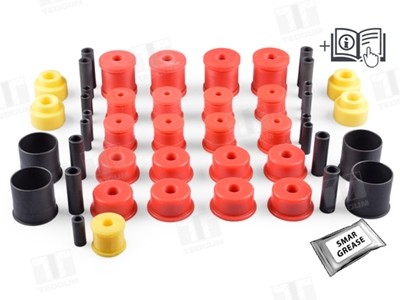
TED47799 – set of polyurethane bushes for front and rear suspension
19 pcs of bushings/ it is possible to order the whole set as well as separate elements.
Front suspension polyurethane bushings set for Jeep Grand Cherokee ZJ TED67255:
- 01147454 Polyurethane – front lower control arm bushing L=R (to carbody) – 2 pieces (70 ShA)
- 01147572 Polyurethane – front lower control arm bushing tuleja L=R (to axle) – 2 pieces (70 ShA)
- 01147486 Polyurethane – front upper control arm bushing (Front=Rear) – 4 pieces (70 ShA)
- 01147565 Polyurethane – front control rod bushing – 1 piece (90 ShA)
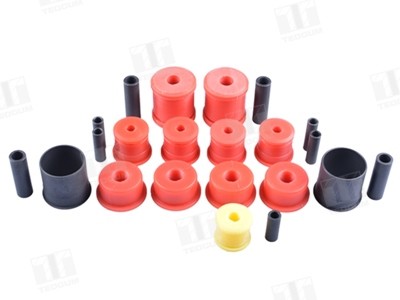
Rear suspension polyurethane bushings set for Jeep Grand Cherokee ZJ TED35149:
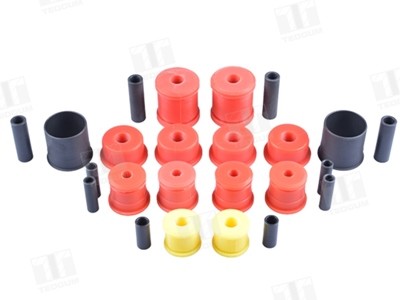
- TED60879 Polyurethane – rear lateral rod bushing (Panhard) do axle = to carbody – 2 pieces (90 ShA)
- 01147486 Polyurethane – front upper control arm bushing (Front=Rear) – 4 pieces (70 ShA)
- 01147454 Polyurethane rear lower control arm bushing (rear) – 2 pieces (70 ShA)
- 01147572 Polyurethane Rear lower control arm bushing (front) – 2 pieces (70 ShA)
Other polyurethane elements available in offer:
